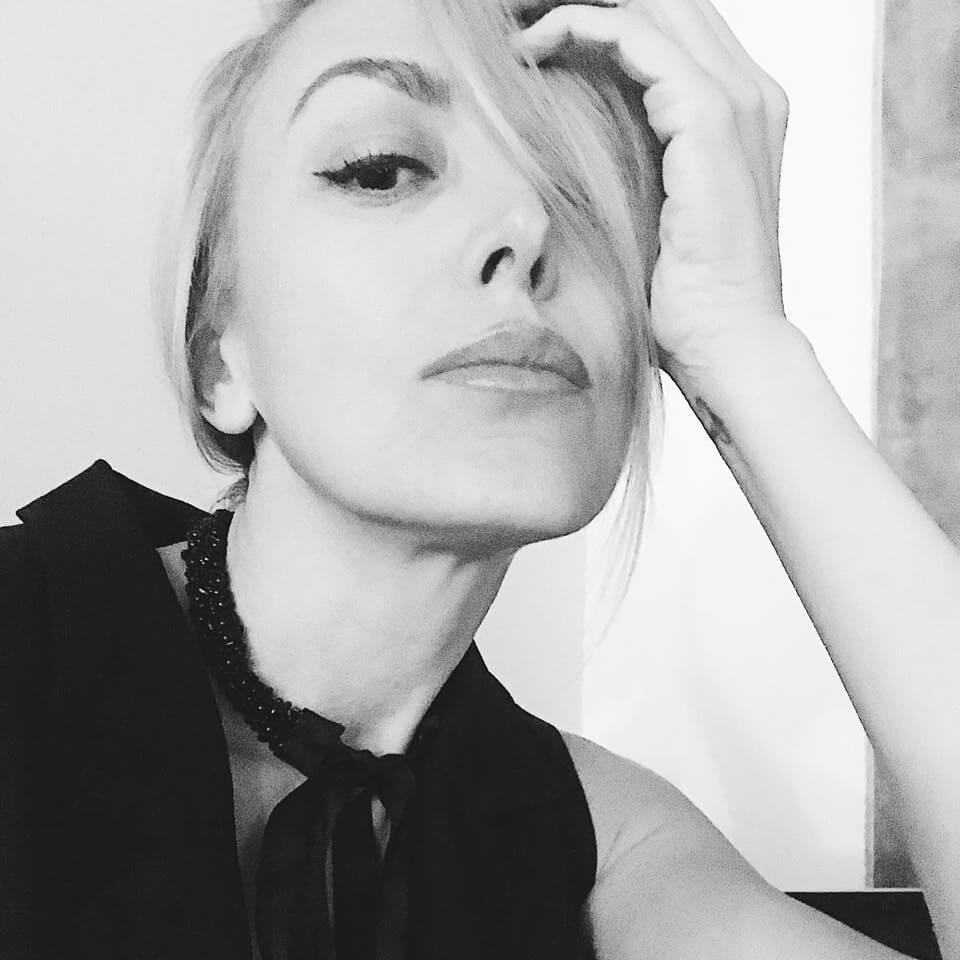Angelika Kollin is a 44 year old Estonian photographer currently based in Tampa, Florida.
She is self-taught and engages with her passion for photography and art as a tool of exploration of interhuman connections, intimacy, and/or the absence of such. Angelika has spent the last 8 years living in African countries (Ghana, Namibia, South Africa), where she explored the same topic in a variety of different cultures and economic conditions. More and more it strengthens her belief that despite many circumstances in life, the one thing that shapes us the most is our relationship with our parents. Through intense artistic evolution she has arrived at her current and ongoing project You Are My Mother/Father.
Statement:
My main project for the year 2020 became You are my Mother that subsequently expanded into You are my Father. As the covid pandemic rolled over the world,
many of us found ourself going back to basics and spending more times with our families. I started photographing my project in April, while we were still in complete lockdown in Cape Town,South Africa. Initially I only wanted to document an act of acceptance and joining I witnessed between a mother and her adult daughter. Afterwards I continued to explore same "story" in other mother/child connections, examining the impact it has on my own family life and on my audience. There is no groundbreaking story occurring in my project, and yet, at least for myself, I am learning to understand the significance and value of connection to our family and how it shapes us for the rest of our life.
